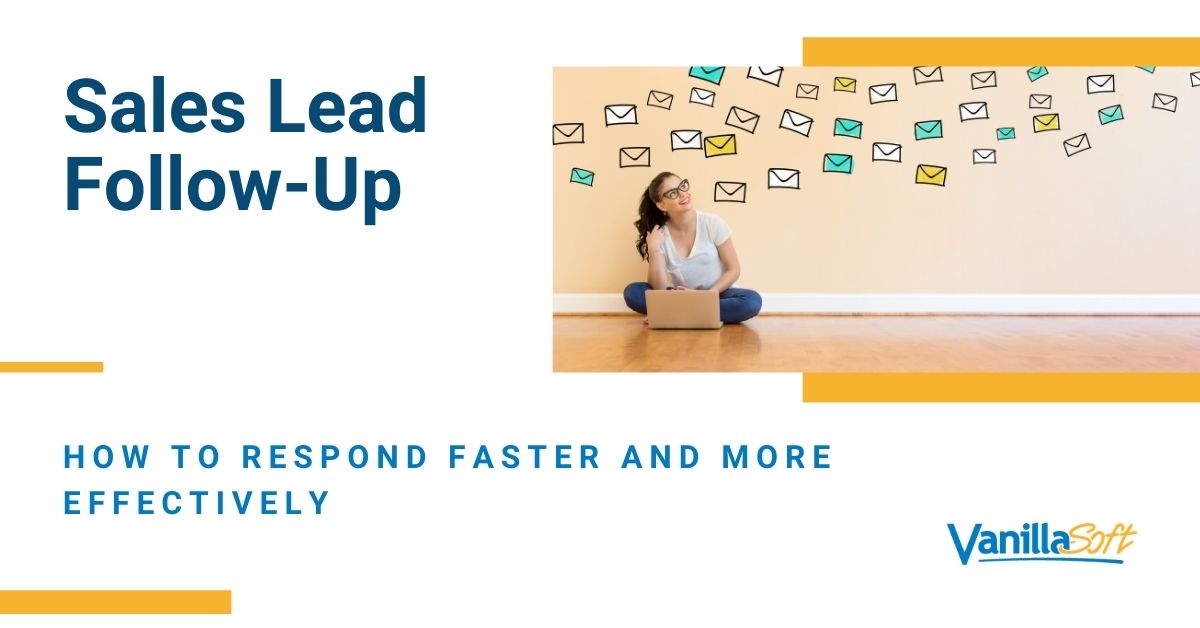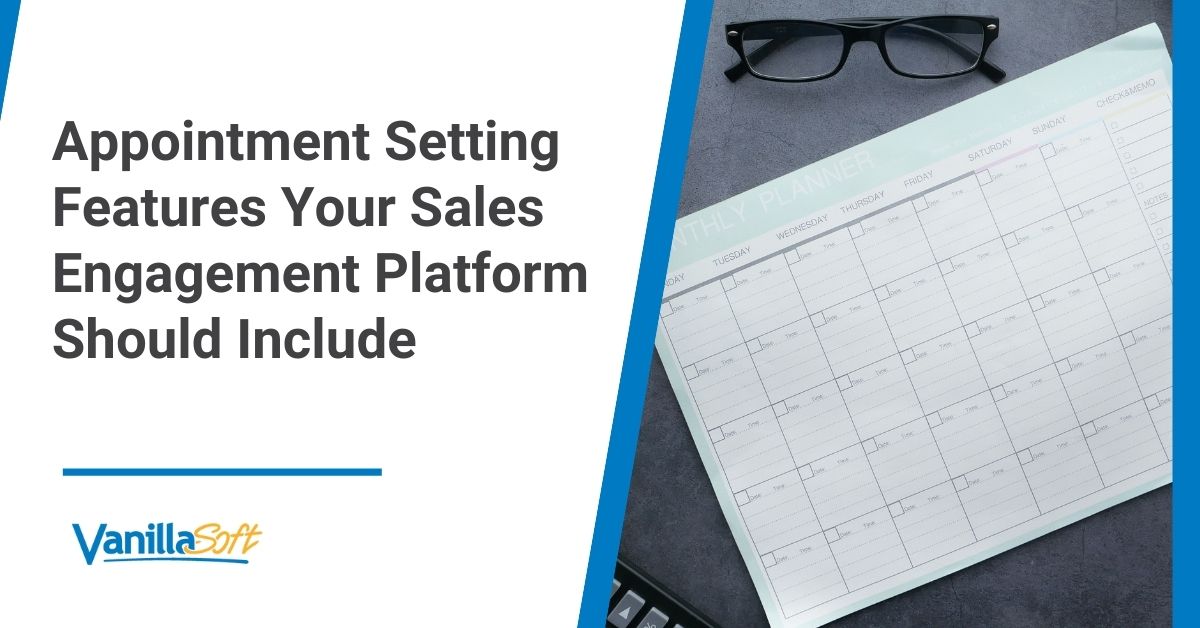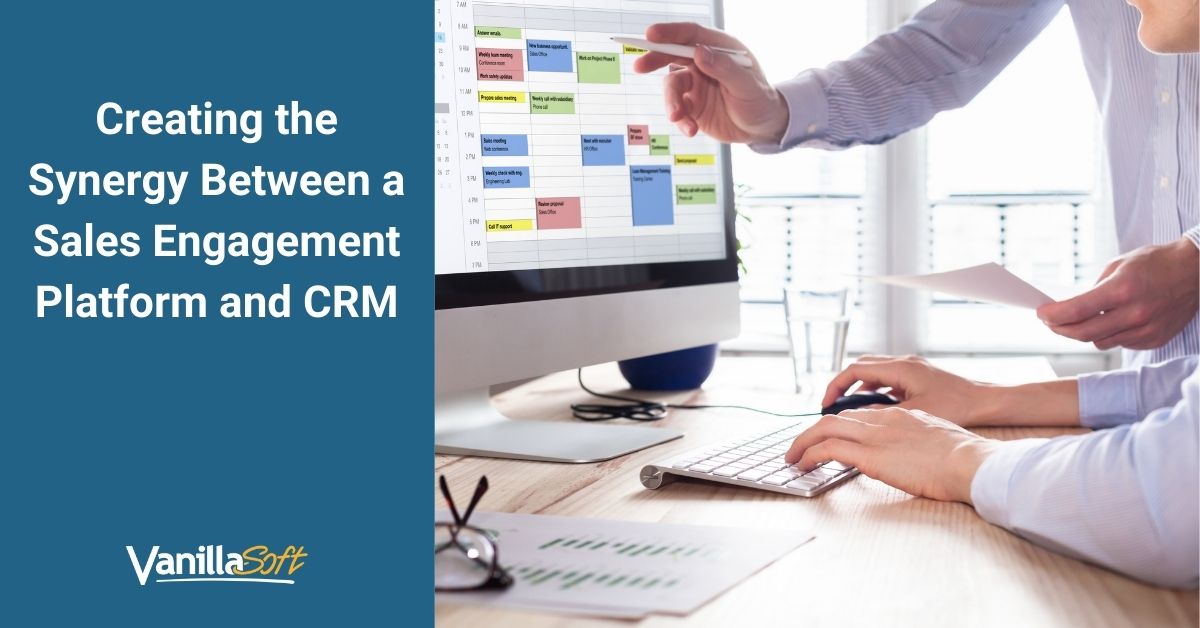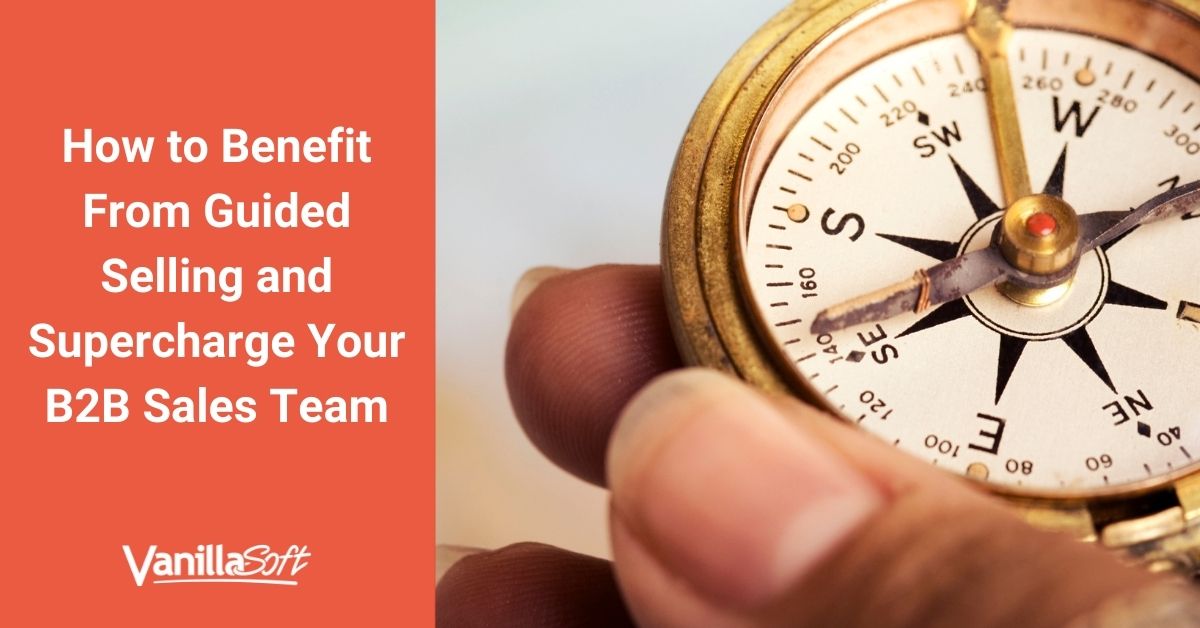
How can you improve lead follow-up?
It’s a jungle out there for both you and your potential buyers. Consider these insane stats:
- Emails sent and received in 2019 were estimated to reach 293.6 billion by year-end and reach 347.3 billion in 2022.
- SMS text messages reached 2.1 trillion in 2020.
- Robocalls, even though illegal in many cases, rose to almost 46 billion in 2020.
Top that off with legitimate phone calls, tons of social media messages, online ads, and other forms of communication, digital distractions, meetings, coworker interruptions, and the hectic pace of just life in general.
With all these things going on in a typical day, having a quick and effective lead follow-up process can be challenging.
Actually connecting with a lead makes selling even more daunting.
If you continue to approach your potential customers with the same old contact methods from ten years ago — even five years ago — your competitors will leave your sales team in the dust.
Today’s selling takes persistence, speed, and an omnichannel approach to connecting with buyers.
Let’s review some ways you can improve your sales development reps’ (SDRs) lead follow-up to increase positive sales outcomes.
5 Important Aspects of Optimal Follow-Ups
Lead follow-up needs to be mapped out with automation and defined logic to achieve the coveted hole-in-one and make the sale. Before the lead even comes in, management should delineate the following:
- When the follow-up will occur once the lead is received
- How sequential follow-ups should be timed
- Who is the best person for the lead-based on experience and locality
- How the rep will communicate with the lead
- Clear messaging
The sales process should be scalable and supported by an infrastructure that drives sales instead of just reports on them. Let’s take a closer view at how to improve lead follow-up and close more deals.
Submission to Contact Time

As soon as a lead is submitted on your website, how long is it before one of your representatives makes contact?
What happens when a prospect submits a request to your website and you not only fail to reach out to her within the hour but an entire year? Your prospect will rightfully conclude that you don’t care.
This seems to be a regular occurrence and one that should be avoided.
What is the point of having a lead collector if you’re not even going to use it?
VanillaSoft sales reps strive to contact the lead within an hour of submission. If the lead came via the web, it is very likely that they submitted requests to your competitors as well.
There’s something to be said about being the first to respond.
Cadence
Automated call cadence should be the foundation of any sales technology.
Incorporating best practices and information from analyzing past sales data will direct management as to the best timing for a follow-up.
This will be different across various industries and can change over time as consumer’s expectations evolve.
Regularly revisiting data is beneficial to stay on top of any needed updates.
Caller’s Aptitude to Make the Sale
Organizations must know how to assign their “best” representative to a lead.
This doesn’t necessarily mean your highest-paid salesperson though. Of course, you want to ensure all your employees have received the proper training and the capacity to answer any questions that arise, but it is also smart to assign leads by region.
Talking to a local experienced rep can add a sense of connection and more opportunity for the caller to build a relationship with the lead.
The end goal is to secure the sale, but each point of communication opens the possibility of the prospect getting disengaged and the need for an unlikely mulligan.
Consistent Messaging
Establishing a consistent message for your communications is key.
Take advantage of technologies like VanillaSoft that offer logical branch scripting, email templates, and SMS text message templates to ensure your salespeople are sticking to your brand message.
Don’t stop with scripting the pitch though.
Check out our post How to Improve Your Inside Sales Pitch Effectiveness for ways your reps can practice their pitch. The better they know it, the more likely their personality will shine through and attract your prospects even more to them and your brand.
Forms of Communication
How a prospect contacts your company should be considered when following up with them.
If the lead comes from a web submission then maybe your first point of contact should be emailing them.
This is something that your organization will need to decipher in advance and have plugged into your automation.
Now, Let’s Look at the Data
The Sales Engagement Best Practices: a Study of 130,000,000 Sales Interactions conducted by the Telfer School of Management at the University of Ottawa sheds light on critical areas of sales follow-up and busts some commonly held sales myths.
- Don’t focus on “the perfect time” to engage. Engage every day throughout the day. Telfer found that all business days and business times have a similar response ratio from leads.
- Attempt to increase call duration through quality conversations. Telfer’s findings suggest that for every minute increase in call duration, odds of success with a lead increase 6x.
- Respond to leads quickly, but not too quickly. Don’t believe the hype about the need to call within the first five minutes. You need to reach out to your lead within the first ten-to-60 minutes to be the most effective. Too fast, and you’re creepy. Too slow, and you look like you don’t care.
- Be persistent. You need to make between five and 12 follow-up attempts to close a sale.
- Focus on quality engagement and don’t rely on volume alone. Still believe that making more calls delivers more sales? Well, that’s just plain BS, by which I mean “bad salesmanship,” of course. The best performers make 50-to-60 strategic calls per day.
Apply the Findings to Your Sales Process
Now that you know what successful sales reps are doing, it’s time to apply those lessons to your own sales process to improve your lead response time. Here are a few critical places to start.
Develop and Optimize Your Sales Cadence
The right sales cadence contact elements should come together to help you meet your prospects where they spend their time and prefer to be contacted.

You may not always know their preferences.
You do, however, know just how clogged each channel can be.
Develop a cadence that combines the right touchpoints for your audience. Include phone calls, voicemail, and email.
Experiment with social selling, website chat, and other messaging apps.
When you cover a variety of channels, you increase your odds of connecting.
Mixing it up with your touchpoints isn’t enough on its own.
You also need to refine your sales cadence timing and frequency. Using the findings from the Telfer study, you should focus on creating a front-loaded sales cadence to deliver a strong presence upfront.
Minimize Time Not Dedicated to Selling
As a sales leader, find ways to remove some of the administrative burdens and office distractions.
Every moment you can free your SDRs from meetings or admin tasks, you give them more time to respond to important inbound leads; you provide more freedom to plan for and make those 50-to-60 strategic contacts per day; finally, you grant them the opportunity to spend more quality time engaging to move the lead closer to a sale.
Set Expectations and Communicate Results
If you take the time to create an optimized sales cadence, you will have a foundation to work from when it comes to setting and communicating expectations.
However, it’s not enough to simply create a sales cadence and walk away.
You have to ensure your team knows that the cadence isn’t just a mere suggestion or idea to use if they like. The sales cadence you formulate should be used as a best practice.
Outline your expectations and measure your team’s ability to meet the required follow-up time for new leads, follow-up frequency, and other procedures you put in place.
Let your team know that you will be monitoring adherence to procedures. Share success stories — especially if these are new procedures — to let the team see how well the process can work.
Leverage Technology to Facilitate Better Selling
There are several solutions that your team should have access to if you want to improve your lead follow-up process. Here are a few to consider adding:
- Social selling software — with the right social selling software, your SDRs can quickly research prospects to gain insights that will help them either connect via social or have a warmer conversation over the phone.
- Social listening tools — programs that aggregate conversations based on keywords or other criteria help sales reps quickly identify opportunities for connecting with potential buyers.
- Marketing automation software — data captured in marketing automation software can be useful to sales reps before they make an initial or follow-up call. Reps can see pages the contact has visited, content downloaded, videos watched, and more. This behavior tracking information can help SDRs have more focused, personalized conversations leading to more effective time on the phone.
- Sales engagement software — sales engagement platforms bridge the gap between marketing automation and traditional CRM by empowering the individual rep to easily and quickly engage with the next-best lead based on data captured via marketing automation and guided by criteria-based, automated workflows.
What about CRM?
CRM has its place in the enterprise. After all, it’s your customer relationship management software. Crucial historical data is captured for future review by a variety of departments, including sales.
However, CRM alone is not enough to take selling to the next level when it comes to efficiency and effectiveness. Sales development reps need to engage with prospects and leads.
Your team needs a queue-based sales engagement platform that maximizes your deal flow and automates your sales cadence. Solutions like VanillaSoft keep your sales team busy and focused on engagement and revenue growth thanks to:
Guided Selling Tools:
- Scripting
- Automated lead routing
- Sales cadence management
- Lead and sales tracking
Integrated Communications Tools:
- Phone /VoIP
- Auto-dialing
- SMS text
- Call recording
- Group conferencing
Content Management:
- Content or document library
- Templates that allow personalization
Conclusion
Remember, it’s a jungle out there for you and your buyers. You’re both faced with an onslaught of information. You’ve got to change up your approach. That means removing distractions and antiquated tasks, delegating admin tasks to assistants, meeting leads where and how they want to be reached, and leveraging technology to improve your productivity. Technology is moving fast, and with the inception of artificial intelligence and deep learning, you can expect more changes to the sales process over the next few years. These developments will alter your prospects’ expectations from the brand, and you must keep up.
Mapping out and automating a clear plan for follow-ups will increase your salespeople’s speed to lead response time and assist in increasing revenue. Our queue-based routing and lead integration tools distribute leads so they are handled in the most productive and timely way according to your parameters. Allow technology to work for your organization and improve your salespeople’s overall productivity by simplifying the tedious, non-revenue generating tasks.



